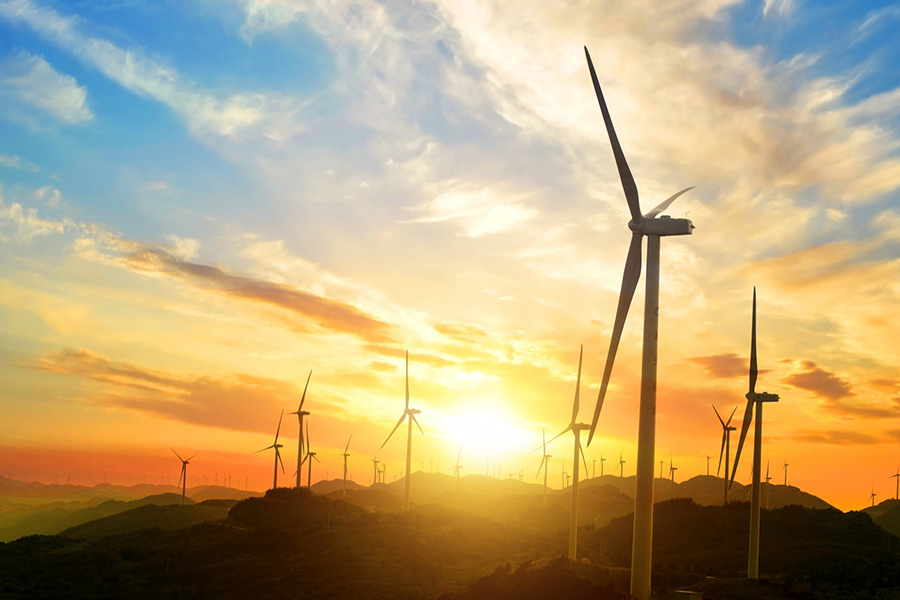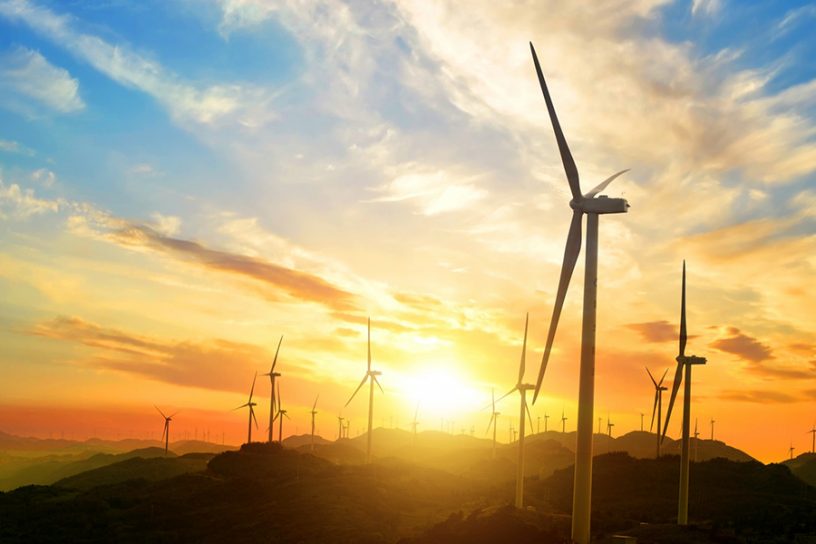
In order to achieve Sustainable Development Goals-7 (affordable clean energy) & 13 (climate change mitigation) and support an environmentally friendly ecosystem, Mexico’s energy mix must be changed to renewables and nuclear.
Authors
Arunava Bandyopadhyay, Lecturer, Jindal Global Business School, O.P. Jindal Global University, Sonipat, Haryana, India; Vinod Gupta School of Management, Indian Institute of Technology Kharagpur, Kharagpur, West Bengal, India.
Md. Emran Hossain, Department of Agricultural Finance and Banking, Bangladesh Agricultural University, Mymensingh, Bangladesh.
Soumen Rej, Vinod Gupta School of Management, Indian Institute of Technology Kharagpur, Kharagpur, West Bengal, India; School of Business, University of Petroleum & Energy Studies, Dehradun, India.
Mohammad Razib Hossain, School of Economics and Public Policy, Adelaide Business School, The University of Adelaide, Adelaide, Australia; Department of Agricultural Finance and Cooperatives, Bangabandhu Sheikh Mujibur Rahman Agricultural University, Gazipur, Bangladesh.
Riffat Ara Zannat Tama, Department of Agricultural Economics, Bangladesh Agriculture University, Mymensingh, Bangladesh.
Assad Ullah, School of Economics, Henan University, Kaifeng, China.
Summary
The global warming issue arises from climate change, which draws scientists’ attention toward cleaner energy sources. Among clean sources, renewables and nuclear energy are getting immense attention among policymakers. However, the significance of nuclear energy in reducing CO2 emissions has remained ambiguous, necessitating further research.
Therefore, the present study draws impetuous attention to the United Nations Sustainable Development Goals-7 (affordable clean energy) & 13 (climate change mitigation) by looking at the relationship between energy mix (fossil fuels, renewables, and nuclear), economic growth, technological innovation, and CO2 emissions in Mexico from 1980 to 2019 using the autoregressive distributed lag (ARDL) model.
In addition, to assess the direction of causality, this study applied wavelet techniques and spectral causality. The findings affirm that renewable and nuclear energy use and technological innovation tend to curb CO2 emissions, whereas fossil fuel consumption and economic expansion trigger CO2 emissions. The study lends support to the environmental Kuznets curve (EKC) phenomenon in Mexico.
The FMOLS and DOLS tests show that our long-run estimates are reliable. In different time scales, the wavelet coherence result is also consistent. Finally, the results of the spectral causality approach demonstrate a significant causal association between the variables tested at various frequencies. As a result, in order to achieve SDGs 7 and 13 and support an environmentally friendly ecosystem, Mexico’s energy mix must be changed to renewables and nuclear.
Published in: Environmental Science and Pollution Research
To read the full article, please click here.


